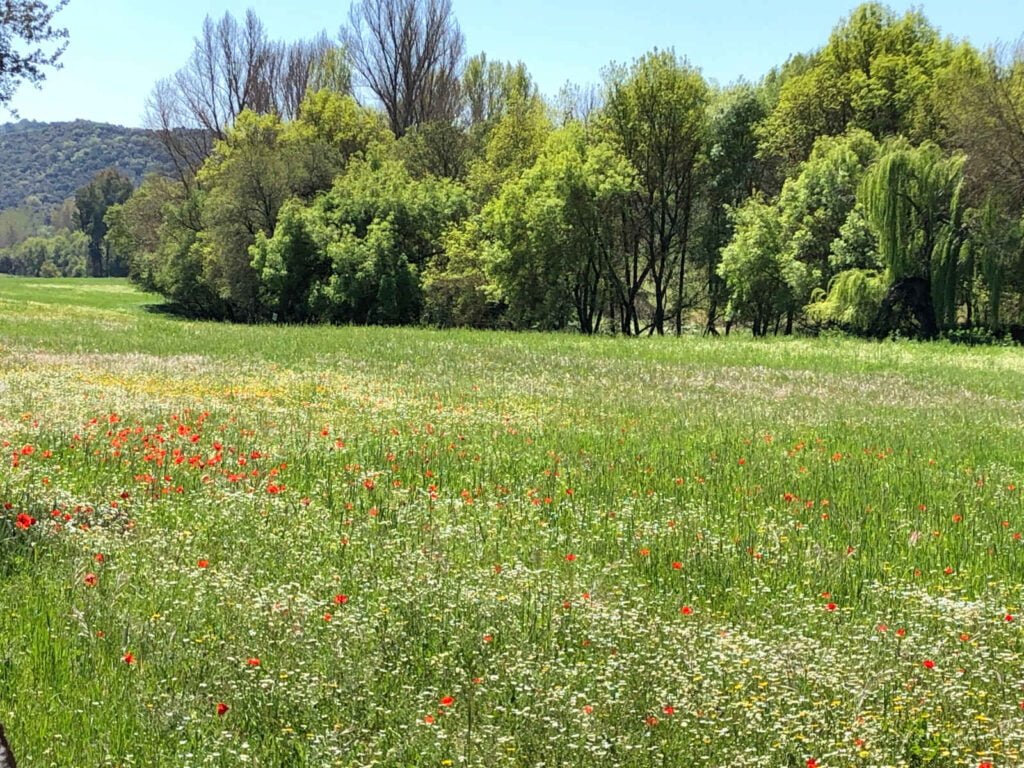Our website, like almost all websites, stores technical information in your browser (cookies) in order to function.
We also use services to analyze your experience on our website in order to improve it.
Consult our privacy policy for more information about the cookies we use.
Before making any decision in an environmental or natural areas restoration project, it is advisable to carry out a very detailed study of the environmental variables (climate, soil, topography, flora, proximity of natural vegetation, etc.) that condition the area to be restored.
This prospection of climatic, topographic, edaphic and landscape factors, together with the specific knowledge of wild flora and the experience accumulated in more than 25 years of professional experience in advising and carrying out more than 300 projects of this type in Spain, allows us to advise in a very precise way, on the choice of the best seed compositions of wild plant species, as well as the most appropriate measures regarding their application to guarantee the viability and economic profitability of this type of restoration and revegetation projects.
To facilitate the decision regarding the choice of the best seed composition for landscape restoration works in our peninsular geography, we have designated different areas of application, according to their particular soil and climatic characteristics, in order to determine base seed compositions, which are recommended to be used in that area or geographical surface.
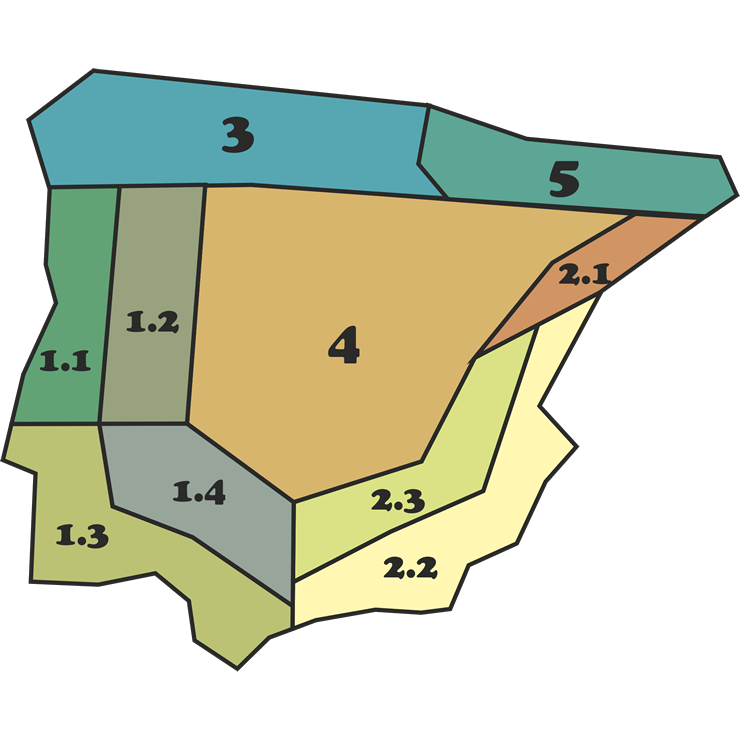
A wide region between the north of Portugal and the southwest of Andalusia, up to the coldest regions of the plateau of Zamora, Salamanca and the northeast of Portugal.
It has an average rainfall of 500 mm, being irregularly distributed, with wet and not excessively cold winters and very hot and dry summers. It has a predominantly siliceous lithology, consisting mostly of granites, which determine the types of soils, generally acidic in nature.
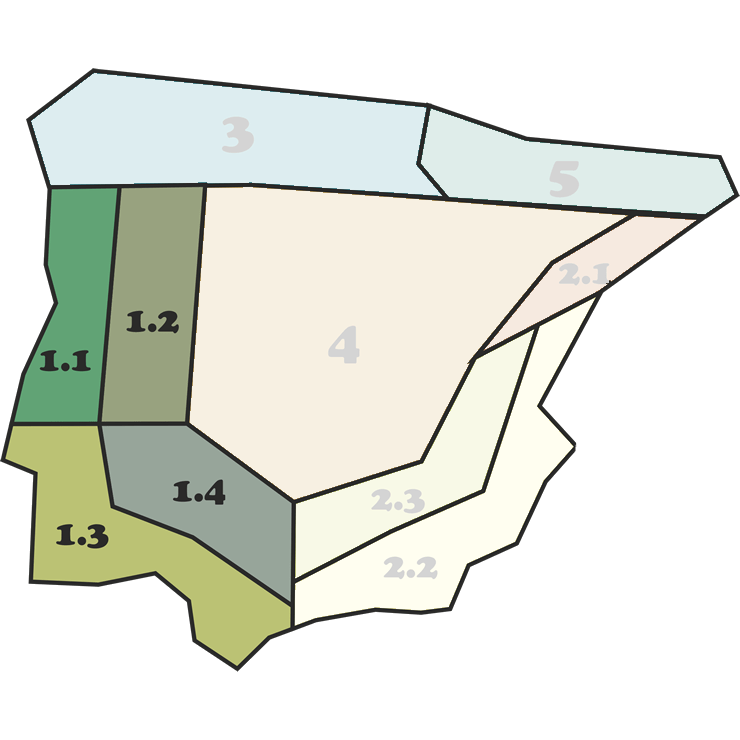
Region of the southeast and east of the peninsula with average annual rainfall below 400 mm, with prolonged periods of drought and frequent seasonal torrential rains. The soils of the southeastern east of the peninsula tend to be neutral, limestone soils.
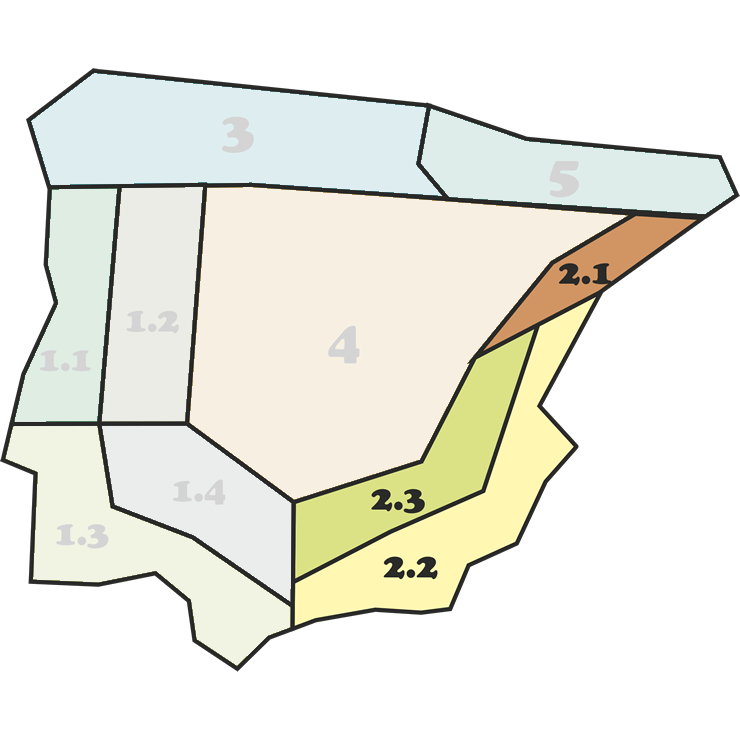
Edaphoclimatic region characterized by very acid soils and a very humid climate, with an average annual rainfall of more than 1000 mm per year.
It includes the entire Cantabrian Coast from the western Pyrenees to the Galician Atlantic coast, including the Basque Country, Cantabria, Asturias and Galicia, and humid areas in the north of Castilla y León.
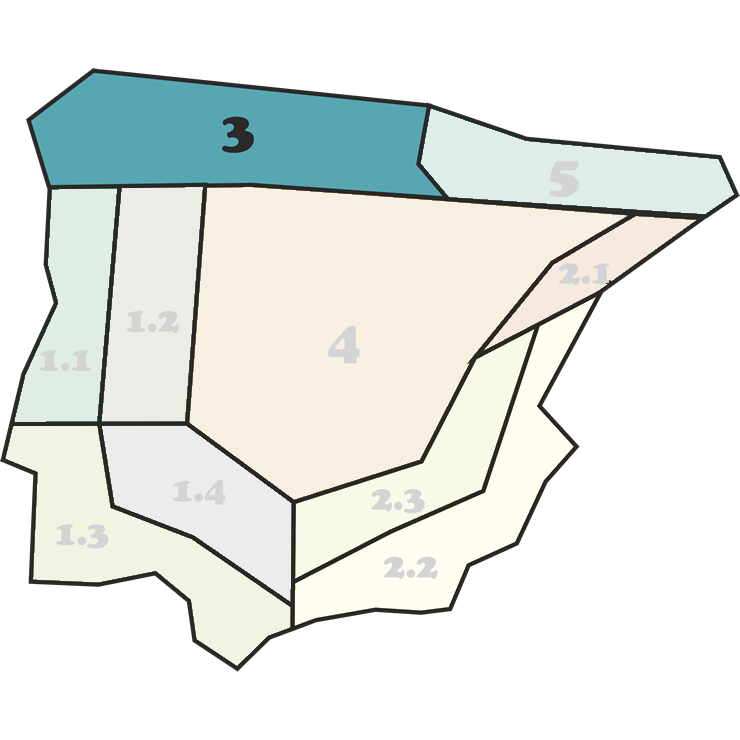
These revegetation mixtures are adjusted to the needs and characteristics of the Iberian interior, characterized by a division of the same according to the predominant climate and edaphological qualities of the same.
Thus we have a first region characterized by basic or neutral soils in the interior of the peninsula, with an arid and semi-arid climate, bordered to the north by the Cantabrian Mountains and the Pyrenees,
To the south, the former region borders with the other subdivision of the plateau, typical of areas of Extremadura, western Andalusia and southwestern Castile-La Mancha, with predominantly acidic soils and a continentalized Mediterranean climate.
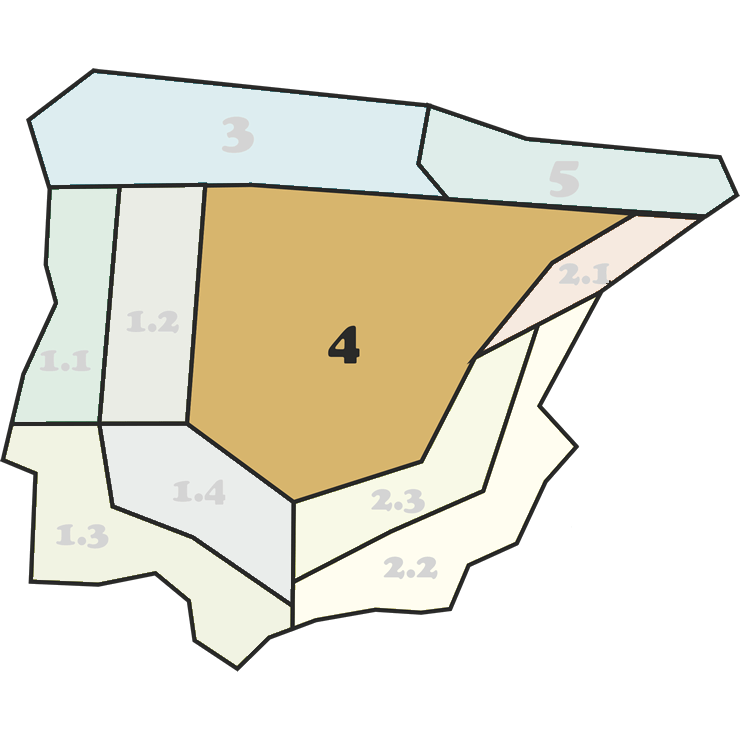
The mountainous areas are mainly characterized by their steep slopes and complex orography, which affect productive activities, and by their harsh climate, extreme in winter and much milder in summer.
This fact determines the type of revegetation that can be done, since the high slope results in a high risk of erosion, so it is recommended that planting be done with little or no tillage.
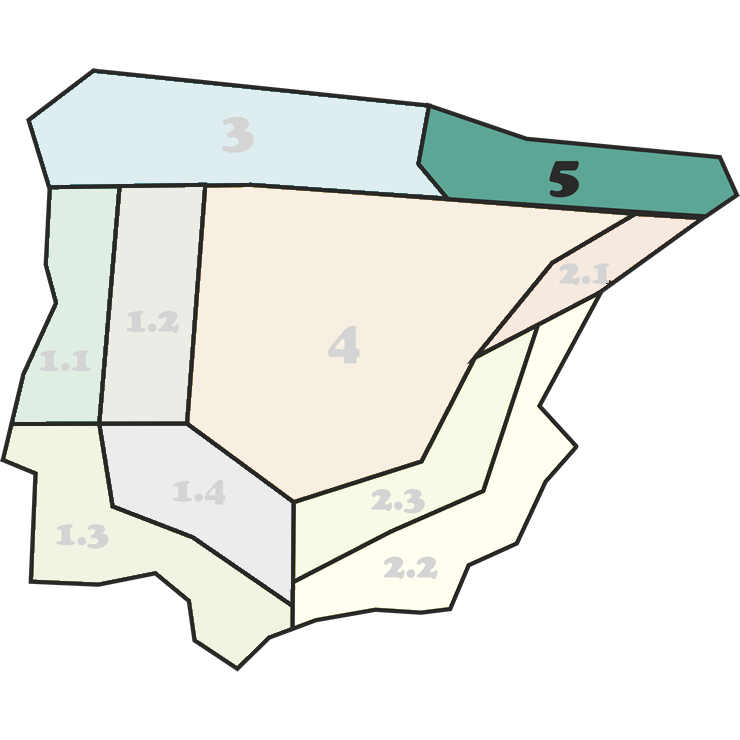
In recent years, and due to the pressure exerted on the coastline of our country, it has become necessary to act, both public and private, in order to preserve the natural ecosystems of our coastline, through conservation and revegetation actions with native species.
All this, together with the greater knowledge of professional landscapers, and their commitment to the use in landscaping coastal areas with the same species present in these environments, has made it possible that the supply of seeds of this type of species has been increasing in recent years.
For this reason CANTUESO, for many years, has been committed to the prospecting, dissemination and enhancement of seeds of plant species present in the coastal ecosystems of the Iberian Peninsula, both in its Mediterranean and Atlantic side, and that now represent, undoubtedly, the largest supply of such seeds in our country.
This fact determines the type of revegetation that can be done, since the high slope results in a high risk of erosion, so it is recommended that planting be done with little or no tillage.
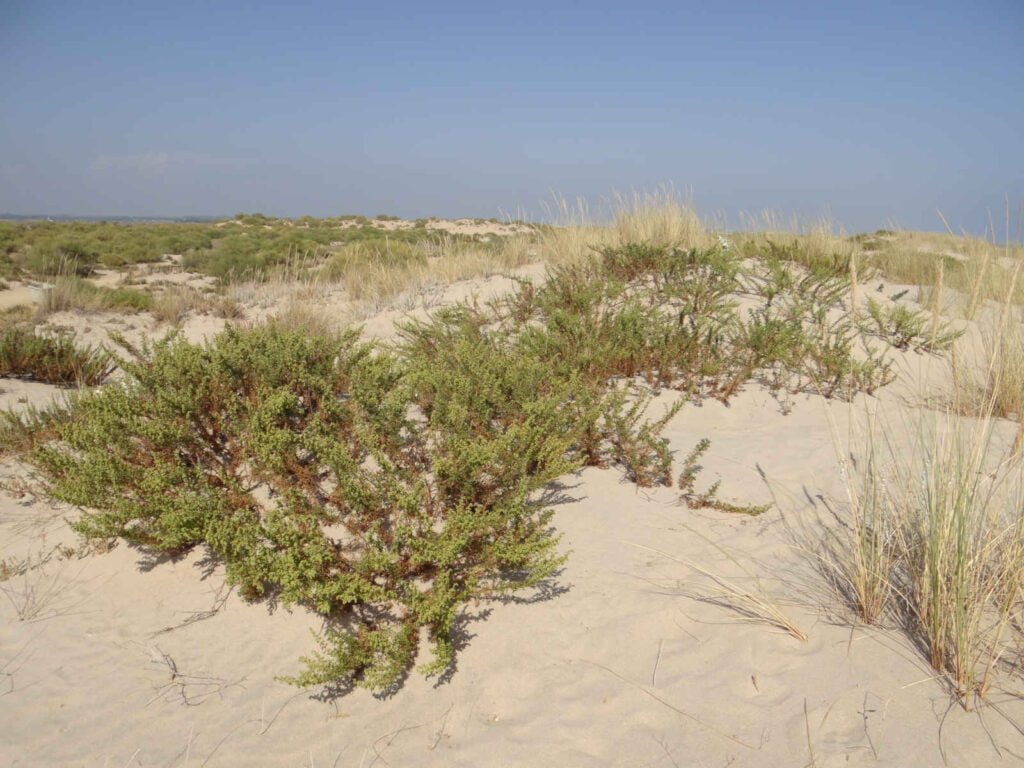
The management of loamy soils is an interesting and important challenge in environmental management, since the nature of this type of soil profile, generally associated with intensive cultivation areas, very degraded, requires a comprehensive intervention, which becomes urgent due to the serious problems that are usually associated with it. The natural impoverishment of this type of soils, intensified by agricultural work, has in the appearance of streams and gullies, the first symptoms of a much greater problem of landscape transformation.
The proper management of this type of soils, especially those associated with intensive agricultural crops, is vital to stop and correct a problem that threatens to turn large areas of our country into desert or semi-desert landscapes.
From CANTUESO, we propose the application of mixtures for revegetation suitable for soil subjection and nutrient fixation, which return the proper structure to the soil and allow to combine the development associated with it, with the necessary environmental sustainability to ensure the survival of a vital economic sector for our region. The use of species adapted to basic soils, rich in gypsum, and resistant to prolonged periods of drought, such as Agropyrum and Brachypodium, are key in achieving successful revegetation to reverse the situation of severely degraded soils.
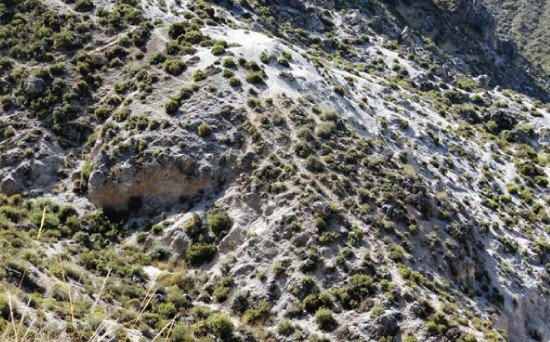
Saline soils, and in general, all types of high salinity areas, pose an interesting challenge in environmental restoration, due to the problem of the presence of salts in the soil structure causing the expansion of clays and the dispersion of fine particles that clog the soil pores through which water and oxygen circulate. They also favor the formation of surface crusts.
The growth of the plants themselves to the environment is drastically reduced, both in stem and leaf mass, radically affecting the performance of natural populations. Therefore, from CANTUESO we propose a revegetation mixture suitable for this type of areas, of halophilic character, with high tolerance to a high salt content in their immediate environment, which in addition to improving the soil structure, are direct assimilators of salt, decreasing over time the salt concentration, thus improving the environmental conditions on the areas in which they intervene.
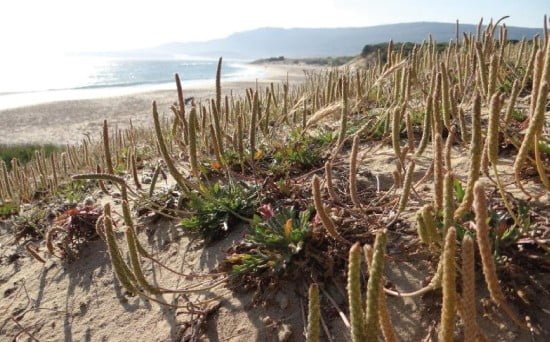
Sandy soils constitute an edaphological range of their own. This type of soils, generally associated with coastal geography, also present some climatic particularities (wind, humidity and salt regime) generally common, which have allowed the development of its own type of vegetation, with adaptive characteristics that are easily identifiable.
From these, from CANTUESO we have elaborated a composition of plants appropriate for the revegetation of this type of environments, which have some of the native species best adapted for sandy soils.
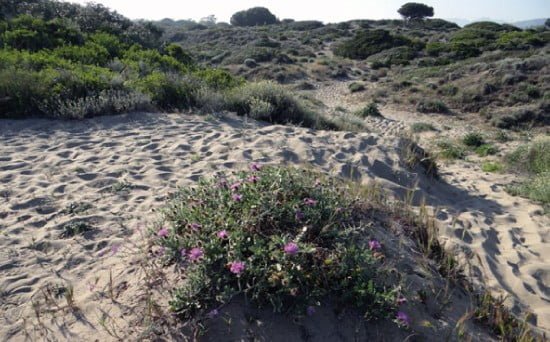
Waterlogged soils are soils with poor drainage and a high water retention capacity. These circumstances occur in very compacted clay soils. Soil waterlogging causes aeration problems and suffocation of plant roots. In many cases, water accumulation occurs in subway layers of the soil, not being visible from the outside. In fact, external symptoms on the plant may lead us to believe that the plant is suffering from drought, when in fact it is suffering from excess water and waterlogging of the roots.
To solve waterlogging problems, it is possible to resort to the cultivation of plants that support temporary waterlogging, in this sense from CANTUESO we propose a composition of species with hydrophilic characteristics, suitable for waterlogged environments due to their good adaptation to a high presence of water.
